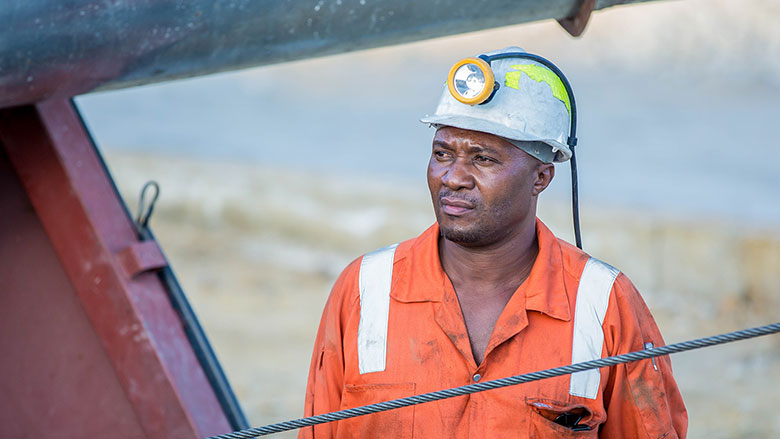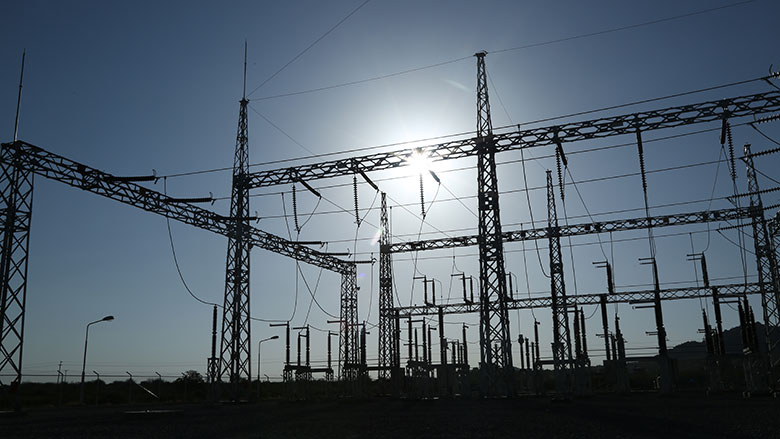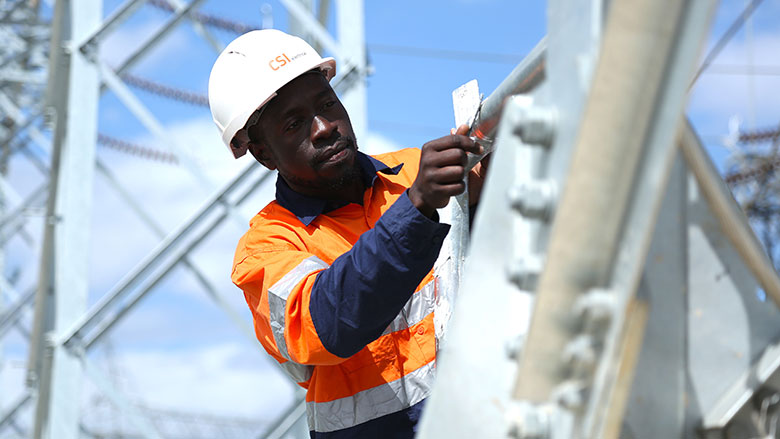Challenge
Tanzania is a low-income country, with a population of about 51.8 million in 2016. About 73% of the population lives in rural areas. Despite a high rate of growth of 7%in the past decade, poverty reduction has been slow, with approximately 12 million of citizens living in dire poverty while a significant portion of the non-poor population lives just above the poverty line and risks falling into poverty unless proper measures are in place. In the next fifteen years, Tanzania’s labor force is expected to increase from 20 million in 2014, to close to 50 million by 2030. Access to affordable, reliable and efficient electricity supply is vital for the increased productivity needed to generate jobs, enhance the living conditions of Tanzanian households and support the attainment of the country’s socioeconomic goals.
Approach
Tanzania has outlined its medium-term objective of becoming a middle-income country by 2025. They also aim to reduce the share of the population living on less than $1.90 a day from 48.8% to 4% or less by 2030, and to improve the living standards of the bottom 40% of the population. This would require lifting nearly 20 million Tanzanians out of poverty in the next 15 years. The World Bank has committed to supporting Tanzania in this mission, with a current portfolio of 28 national International Development Association (IDA) projects including five Programs-for-Results (PforRs), and two budget support operations with net commitments of about $4.2 billion. Tanzania also participates in seven regional projects with a total commitment amount of $550.8 million. Key sectors in the national projects include: transport (22%), urban development (20.5%); energy (13.5%); education (10%); and governance (10). In addition, a number of non-financial advisory services and analytical products have provided inputs to policy formulation and institutional building, while informing the design of our financial assistance.
Access to affordable and reliable electricity is vital for Tanzania’s attainment of its socioeconomic goals. With only 36%of households currently having electricity, the World Bank is supporting the government through a program aimed at expanding access to affordable, reliable and modern energy; and ensuring operational and financial sustainability of the sector.


